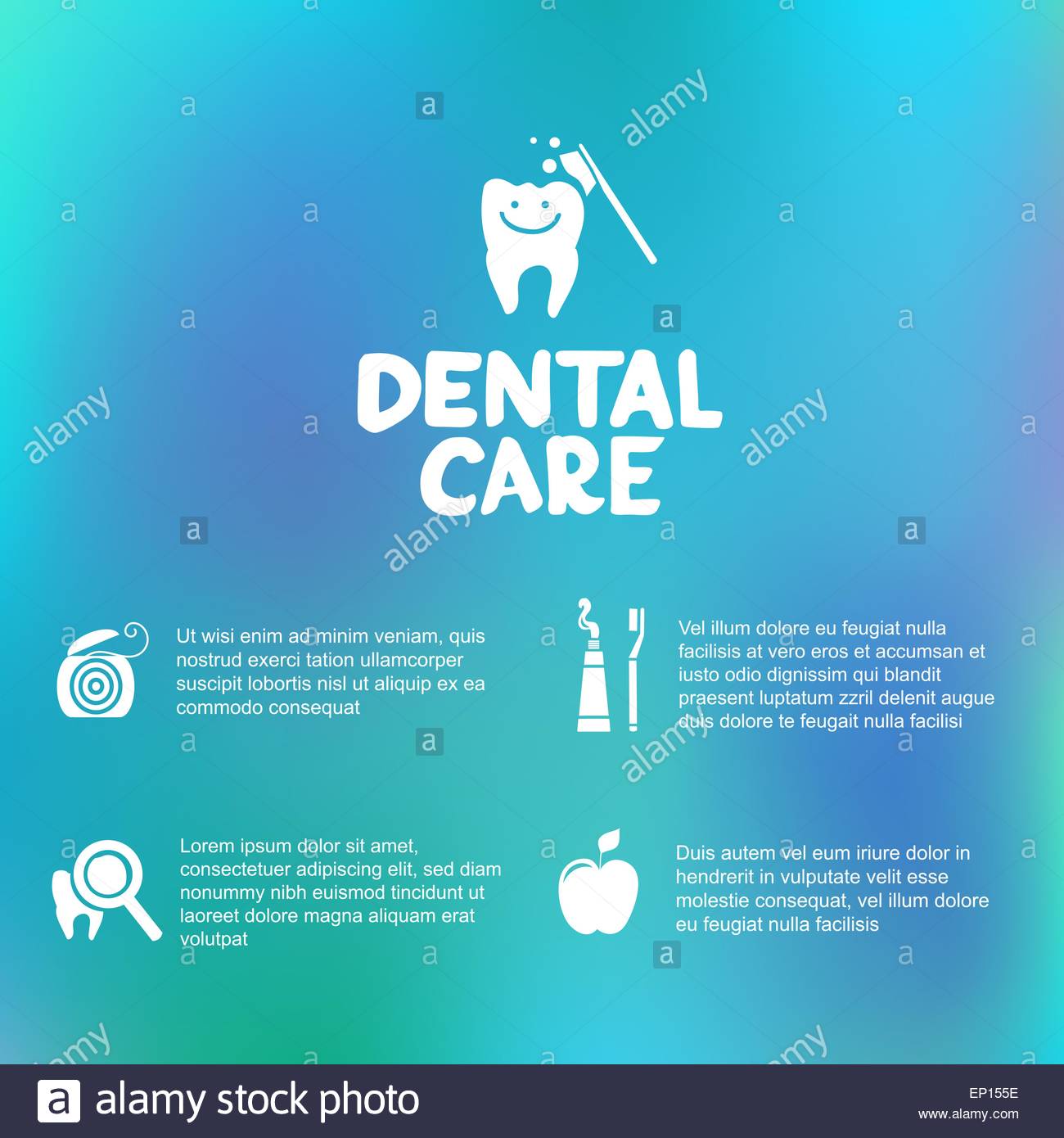The Development Of Dental Surgery: Emerging Technologies And Advancements Transforming The Discipline
The Development Of Dental Surgery: Emerging Technologies And Advancements Transforming The Discipline
Blog Article
Web Content By-Petersson Guerra
Invite to the world of dental surgery, where developments and advances are forming the future of the field! In this amazing world, you'll witness the transformative power of robotics, the sophisticated marvel of 3D printing, and the game-changing impact of minimally invasive strategies.
Highly recommended Online site of oral surgery holds an assurance of precision, effectiveness, and boosted person end results. With the help of innovative robotics, doctors are able to execute intricate treatments with better precision and control.
3D printing technology is transforming the creation of oral implants and prosthetics, supplying tailored options that fit flawlessly into each individual's special anatomy.
In addition, minimally intrusive methods are reducing post-operative discomfort and healing time, enabling patients to return to their day-to-days live faster.
Get ready to discover the amazing innovations and advances that are improving the landscape of dental surgery!
Innovations in Robotics
One major innovation in dental surgery is the use of robotic technology, which allows for exact and effective operations. With the help of robotic systems, oral cosmetic surgeons have the capability to execute complicated surgeries with improved precision, reducing the risk of human mistake.
These robot systems are outfitted with innovative imaging modern technology and accurate instruments that allow doctors to navigate via intricate anatomical frameworks effortlessly. By utilizing robot modern technology, cosmetic surgeons can attain higher surgical precision, resulting in improved patient end results and faster healing times.
Additionally, making use of robotics in dental surgery permits minimally invasive procedures, lowering the injury to bordering tissues and advertising faster healing.
3D Printing in Oral Surgery
To improve the area of dental surgery, you can discover the subtopic of 3D printing in oral surgery. This cutting-edge innovation has the potential to change the method oral doctors operate and treat people. Here are four key methods which 3D printing is shaping the field:
- ** Personalized Surgical Guides **: 3D printing enables the creation of very exact and patient-specific surgical overviews, boosting the precision and effectiveness of procedures.
- ** https://www.healthline.com/health/immediate-denture **: With 3D printing, dental cosmetic surgeons can develop tailored dental implant prosthetics that perfectly fit a person's special makeup, causing far better outcomes and patient fulfillment.
- ** Bone Grafting **: 3D printing allows the manufacturing of patient-specific bone grafts, decreasing the demand for typical implanting strategies and boosting recovery and recovery time.
- ** Education and learning and Educating **: 3D printing can be used to produce realistic surgical models for instructional objectives, enabling oral surgeons to practice complex treatments prior to executing them on clients.
With its possible to enhance accuracy, customization, and training, 3D printing is an interesting advancement in the field of dental surgery.
Minimally Intrusive Methods
To additionally progress the field of oral surgery, welcome the capacity of minimally invasive techniques that can greatly benefit both doctors and individuals alike.
Minimally intrusive techniques are transforming the field by lowering surgical trauma, decreasing post-operative pain, and accelerating the recovery procedure. These methods entail using smaller sized cuts and specialized instruments to execute procedures with precision and performance.
By using sophisticated imaging innovation, such as cone beam calculated tomography (CBCT), doctors can accurately prepare and perform surgeries with marginal invasiveness.
Furthermore, using lasers in dental surgery permits precise tissue cutting and coagulation, causing decreased blood loss and minimized recovery time.
With minimally invasive techniques, people can experience much faster healing, lowered scarring, and boosted outcomes, making it an essential aspect of the future of dental surgery.
Conclusion
So, as you can see, the future of oral surgery is incredibly promising, with amazing developments and advancements shaping the field.
From the developments in robotics to making use of 3D printing and minimally invasive methods, dental cosmetic surgeons are revolutionizing the means they provide care.
While some may fret about the potential expense connected with these developments, it is necessary to keep in mind that these innovations inevitably boost individual end results and minimize healing time, making them well worth the investment in the future.
